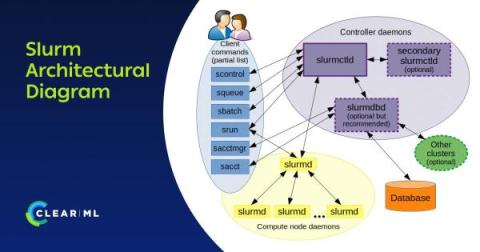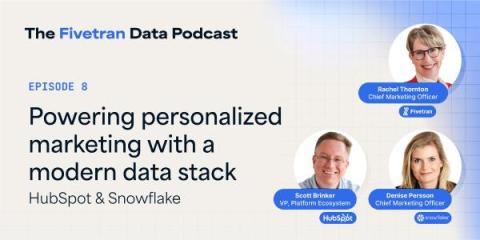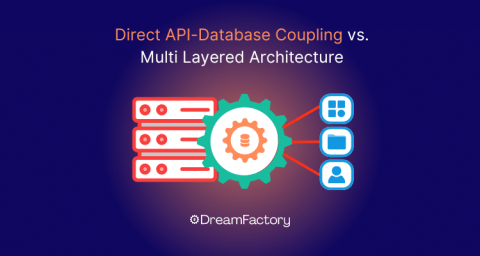QonfX 2024 Rewind: Testing, AI, and the Future
We did a sort of time travel on 20th April at QonfX. If you are not one of the 3000+ people who registered for this event, it is a unique software testing conference that keeps its focus on the Future of Testing. This year was the second edition of QonfX and received even more love than the last time. Feedback like the above filled our social feeds during and post QonfX. We cannot keep a count of the number of times attendees used the words ‘eye-opening’ for the talks given by the speakers.











